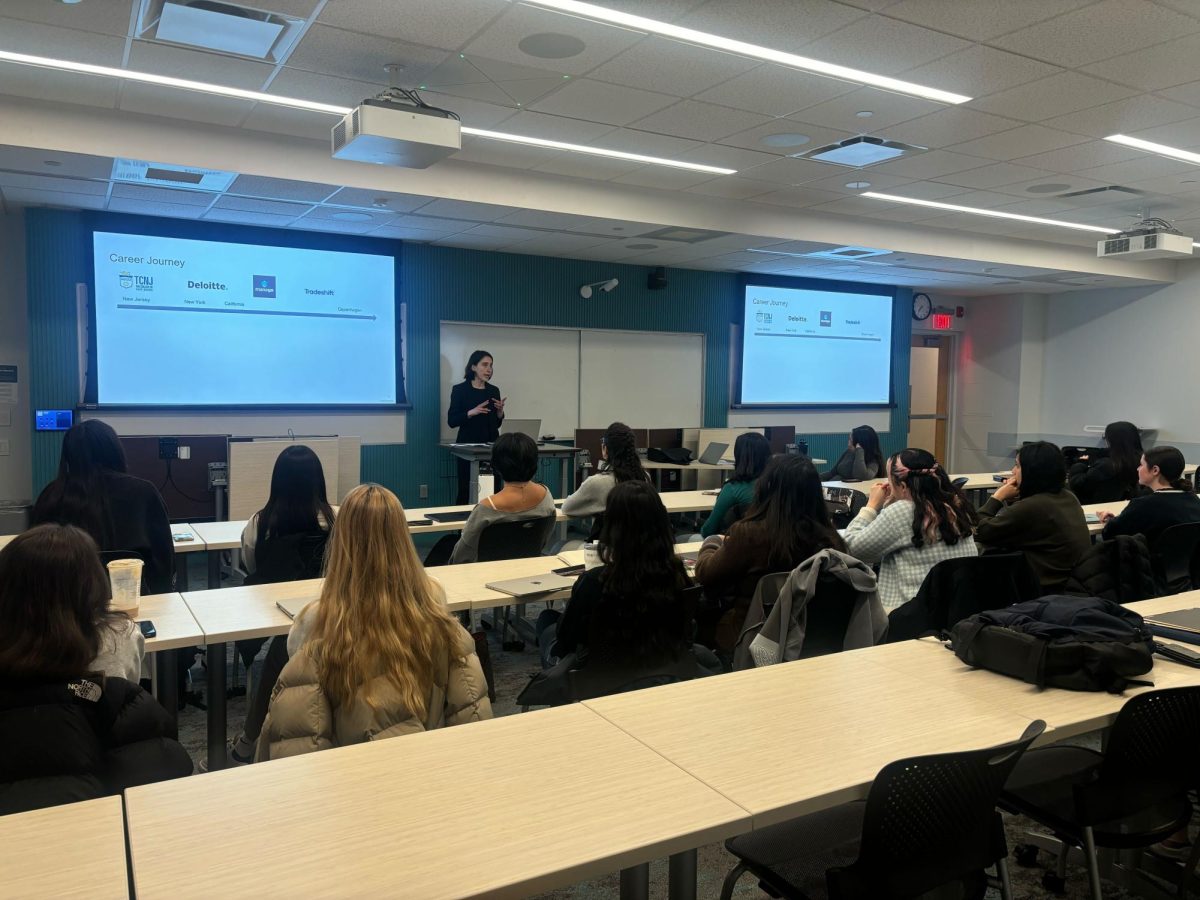
By Raffaela Kenny-Cincotta, News Staff
Northeastern filed its Institutional Master Plan (IMP) notification form with the Boston Redevelopment Authority (BRA) at the end of December, continuing a months-long process that will determine the university’s physical and academic development goals for the next decade.
“For us, it’s a wishlist,” Northeastern Vice President of City and Community Affairs John Tobin said.
The IMP notification form was filed last month, and it outlines some possible physical changes to the Northeastern campus. The form, which is required by the City of Boston and the BRA, gives a detailed plan of potential new buildings to be constructed at the university over the next decade.
Tobin noted that while school officials were drawing up the IMP, individuals familiar with the school assessed the needs of the campus.
“We had multiple listening sessions with the most important people at the university: our students and our faculty,” he said.
Of the many projects listed in the plan, the construction of a new science building and the renovation of the Carter Playground on Columbus Avenue were the two that Tobin indicated as the ones the university is most eager to initiate.
Northeastern hopes to partner with the city to revitalize Carter Playground on Columbus Avenue, Tobin said. He described the potential development along Columbus Avenue as a project that could “totally transform that area.”
Tobin stressed the need to be “aggressive” in the creation of new research facilities in order to stay competitive with other universities. Additionally, Northeastern hopes to add more athletic spaces on campus for varsity, club and intramural athletes, he said.
The notification form also outlines possible construction on parking lots like those on Columbus Avenue and St. Stephen Street, which are currently used for both student and faculty parking.
When asked if he thought that the lack of parking would add unwanted traffic to residential streets surrounding the university, Tobin said the Boston Transportation Department is already conducting studies around the campus to see if it will be feasible. He said that without the approval of the Transportation Department, “nothing can get built that would have a severe impact on residential parking.”
While some people might be excited to hear of Northeastern’s plans for change, Tobin said it is important to note that the IMP must first pass through an extensive system of checks and balances. In order for Northeastern to begin executing projects on the IMP, the city has to give Northeastern a green light, and a task force made up of residents of neighborhoods such as the Fenway, Roxbury, Mission Hill and the South End must be assured that their quality of life will not be diminished.
“This is a conversation that happens with the city, [and] it happens with a task force that is appointed by the Boston Redevelopment Authority,” Tobin said.
Gerald Autler, senior project manager at the BRA, said Northeastern has the potential to help the neighborhoods surrounding the campus too.
“I’ve been working with Northeastern for about seven or eight years now, but certainly starting this process I felt that there was a lot of great potential to look at shared interests on the part of the neighborhoods and the university,” Autler said.
Northeastern officials do not expect the official Master Plan to be approved until late this spring or early summer, Tobin said. In the meantime, community task force meetings continue, with the next scheduled for Jan. 28.








